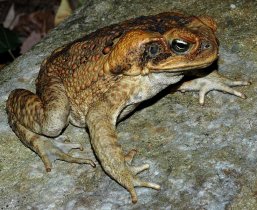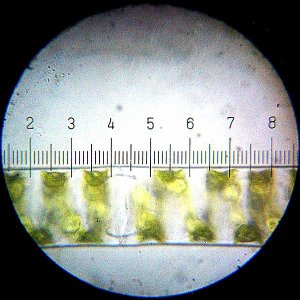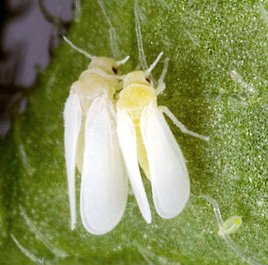I saw this story on The GeoChristian some time ago, but then I got distracted (probably by something shiny) and forgot to post about it. However, I had occasion to remember it because I got an E-MAIL from a homeschooled student regarding his first year at college. I hope to turn that E-MAIL into a separate blog post. For right now, however, I want to concentrate on the story that was originally posted at The GeoChristian.
The story is based on the most recent results of the ETS Proficiency Profile. It is a test given on 261 college campuses nationwide, and it supposedly measures the abilities of students when it comes to critical thinking, writing, reading, the humanities, the social sciences, the natural sciences, and mathematics. Colleges and universities participate in the test strictly on a volunteer basis. The elite schools don’t see themselves as benefiting from the test, so Harvard, Yale, etc., do not participate. Other less rigorous schools are concerned about what the results might be, so they don’t participate, either. Nevertheless, there are enough colleges and universities participating that it allows for some reasonable gauge of the academic prowess of students on any participating campus.
I haven’t seriously looked at ETS Proficiency Profile results for quite some time, having left my university faculty position in 1996. Nevertheless, my recollection is that in general, an institution whose students have the highest overall score on the test rarely captures first place in every subcategory. Thus, a college’s students might score well enough in math, the natural sciences, and critical thinking to get first overall, but other colleges will take first prize when it comes to their students’ abilities in writing, the humanities, or the social sciences.
This year’s results, however, were a clean sweep. One college received the highest score in all categories. That college was Patrick Henry College.
Continue reading “Homeschooling and Creationism: A Recipe for Stellar Students”





